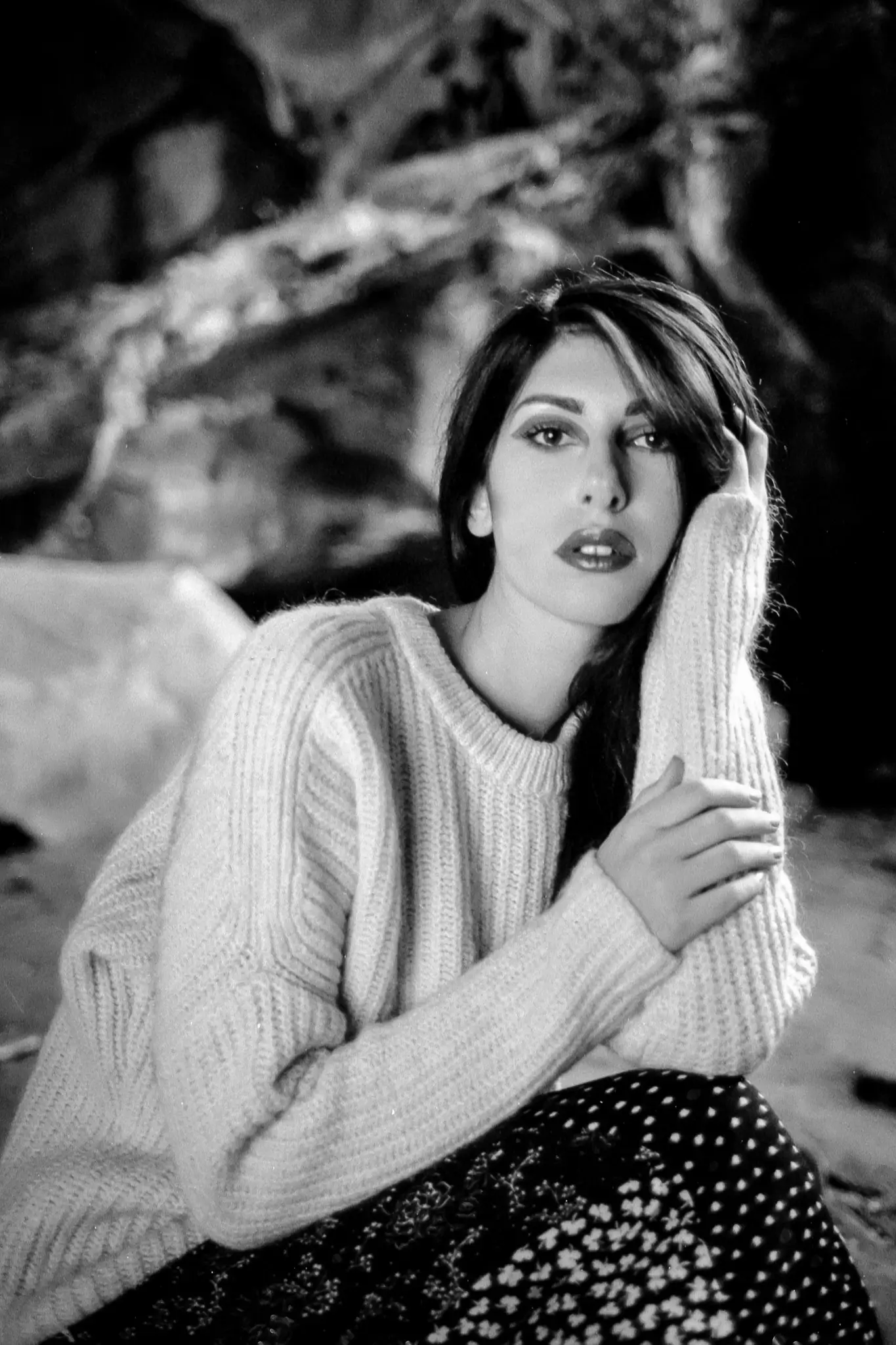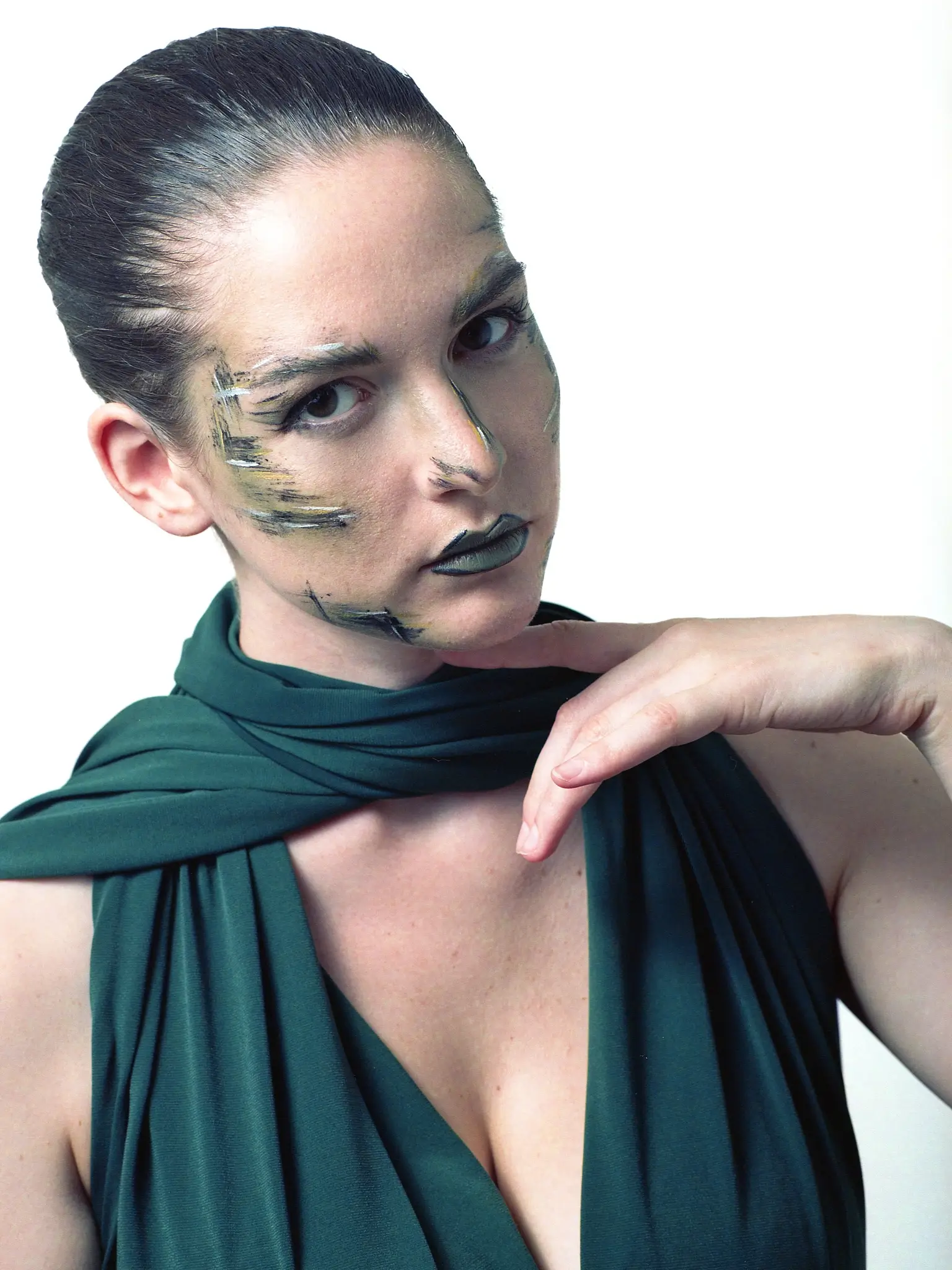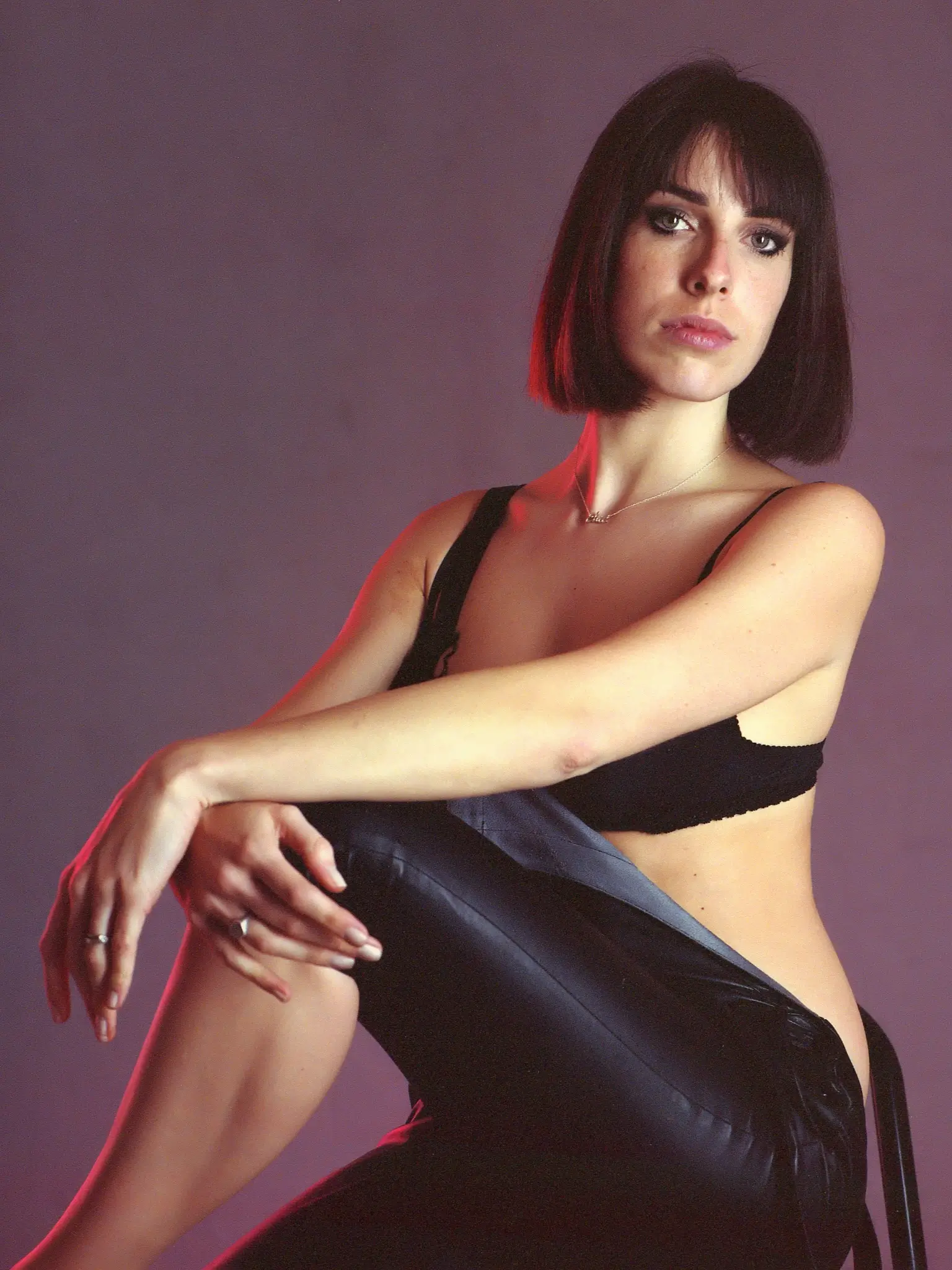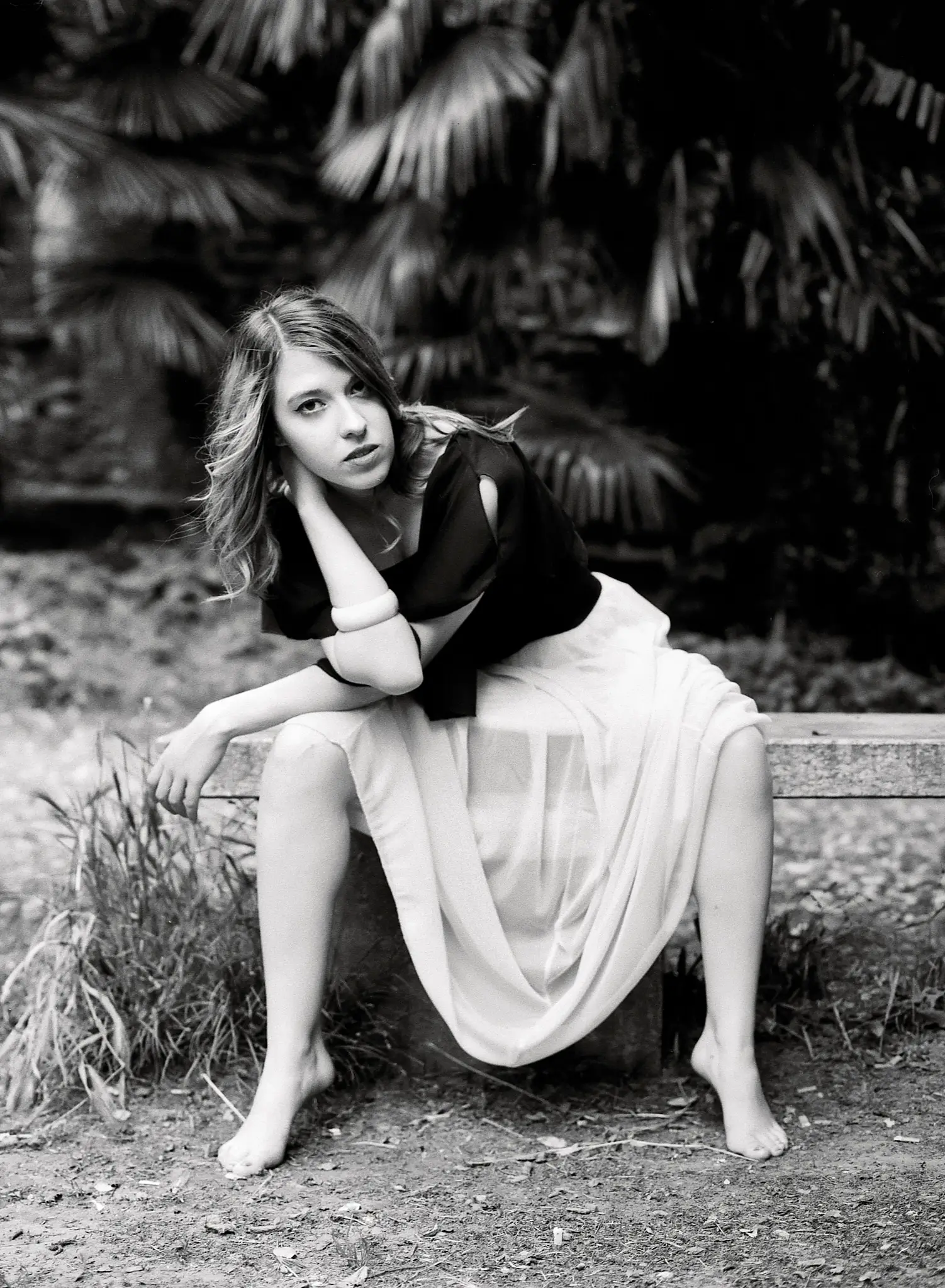Film is not dead. On the contrary, it’s a sort of “Highlander”

Laura – Ilford FP4+
There has been a lot of discussion in the last months, all centred on AI. I admit I also wrote a post about that, so I won’t add anything to it. For now.
The topic here, with the new technology taking its space with more and more strength, is the old magic of film photography.
When the future becomes the present, people are always divided between those who embrace the new as part of the evolution and those who refuse to change, not understanding they will in any case have to, if they want to survive.
The funny thing here, forgive me for this little digression, is that those who blamed the old-school film photographers for not getting the potential of digital are now the same digital natives who are seeing AI as a threat without understanding the possibilities it opens…
Anyway, back to the point. I remember, when I was a little more than a kid, holiday memories were all recorded on small rolls of film. I also used to bring my little camera to the school trips and try to fix those moments on a piece of paper so that I could freeze them forever. I remember the thrill of the wait from the day I gave the roll to the photo lab to the moment I could get the pictures back. I remember the excitement of opening the folder containing my memories and reliving them (at least those that were properly in focus…) with “butterflies in my stomach”.
Everything was slow. And this slowness contributed to increasing the feelings, the joy of producing something special.
Then, after school, when I was in the middle of my teenage years, photography almost disappeared. I was too busy running after girls and doing stupid things with my friends to care about taking pictures.
And when, a lot later, I realised again the power of images, I found myself completely immersed in the digital era. The photo lab on the other side of the street had already closed and moved to a smaller place. They didn’t need that big room now. And I almost forgot about the emotions I felt when waiting for those little frames of life.
In 2012 I started to photograph for a reason that was not documenting holidays. I started taking portraits because, well, that’s what I do love. And beginning something new is always a challenge. In this regard, digital devices helped me a lot to learn quicker and make my errors even more fastly. And without wasting kilometres of rolls and bags of money.

Carlotta – Kodak Portra 160
While getting more and more confident about my photography, I suddenly remembered my dad still had his old Canon FTb somewhere at home.
That was the moment.
When I planned my first set entirely captured on film, I remembered the beauty of doing things slowly. We live in a society that teaches (not to say forces) us to be fast and to deliver in no time.
Everything must be real-time.
And when I talked to this model and we did our set, it felt like being in a bubble. You know those kinda scenes when you are frozen while the whole world spins around you at the speed of light? That was me during that set.
It was the beginning of a second youth (talking about my photography of course. My ID still says I’m old).

Chiara – Kodak Portra 160
More often I brought my film camera with me during my sessions, so that I could widen my offer giving the models a look at how things were done in the past. I felt again that amazing excitement created by the wait for something. By not knowing how good (or bad) my pictures could be.
And a huge contribution to this comes from a photographer friend of mine, who let me look into the viewfinder of an old Mamiya. Medium format film is something I could have never imagined. The viewfinder is bright and so big you seem to be able to see the entire world in it. The clunk of the mirror that goes up and down is strong and…wow. It’s music. And when I first got my negatives back from the lab…man…if you’ve never tried it, trust me, you definitely should. The images are huge, with plenty of details and with that magic 3d look that a 35mm image just can’t have.
Needless to say, I bought one and I still use it.

Elena – Fomapan Classic 100
Now, I clearly know that film cannot be commercial, not in the days we live now, and it cannot be the source of income for those who pay their bills with photography. I’d be stupid and completely out of reality if I thought so.
But at the same time, I’m convinced that photographers still love to slow down from time to time and do things the old way. It doesn’t mean to be nostalgic, I just think it means remembering where it all started.
And film will not die for as long as there will be a memory.
If you want to dig deeper into film photography, I highly recommend you have a look at Michael Elliott Photography and perfectlight. I’m sure you’ll find very interesting points in their publications.
Take care and talk soon!